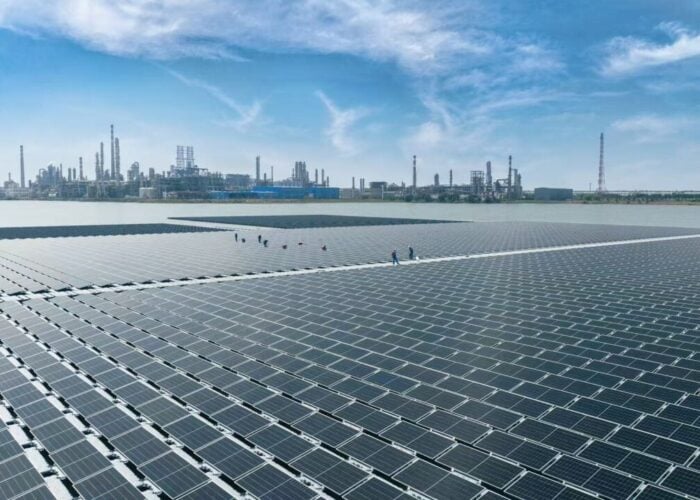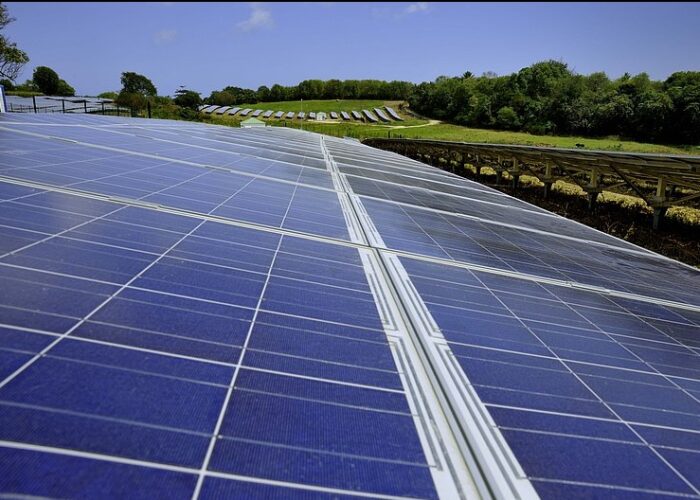California has become the first state to generate more than 5% of its annual utility-scale electricity from solar, according to the US Energy Information Administration’s (EIA) Electric Power Monthly.
The state's utility-scale solar plants of 1MW or above produced 9.9 million MWh in 2014, which is 6.1 million MWh more than 2013.
Unlock unlimited access for 12 whole months of distinctive global analysis
Photovoltaics International is now included.
- Regular insight and analysis of the industry’s biggest developments
- In-depth interviews with the industry’s leading figures
- Unlimited digital access to the PV Tech Power journal catalogue
- Unlimited digital access to the Photovoltaics International journal catalogue
- Access to more than 1,000 technical papers
- Discounts on Solar Media’s portfolio of events, in-person and virtual
California’s solar output was more than three times greater than the next-highest state, Arizona.
In 2014, multiple solar plants began operating in California, including two 550MW PV plants, Topaz and Desert Sunlight (phases 1 and 2), and the Ivanpah solar thermal plant (phases 1,2, and 3), which is 377 MW. The 250MW solar thermal plant, Genesis, also began operating in 2014.
According to EIA, around 1,900MW of solar capacity was added, creating a total utility-scale capacity for solar of 5,400 MW at the end of 2014.
The boom in California's utility-scale solar fleet has been largely down to its agressive 33% renewable portfolio standard. The state has used other incentives and policies including net-metering and rebates to help small-scale solar, which had reached 2,300MW total capacity at the end of 2014, though these figures are not included in the EIA's latest calculations.






